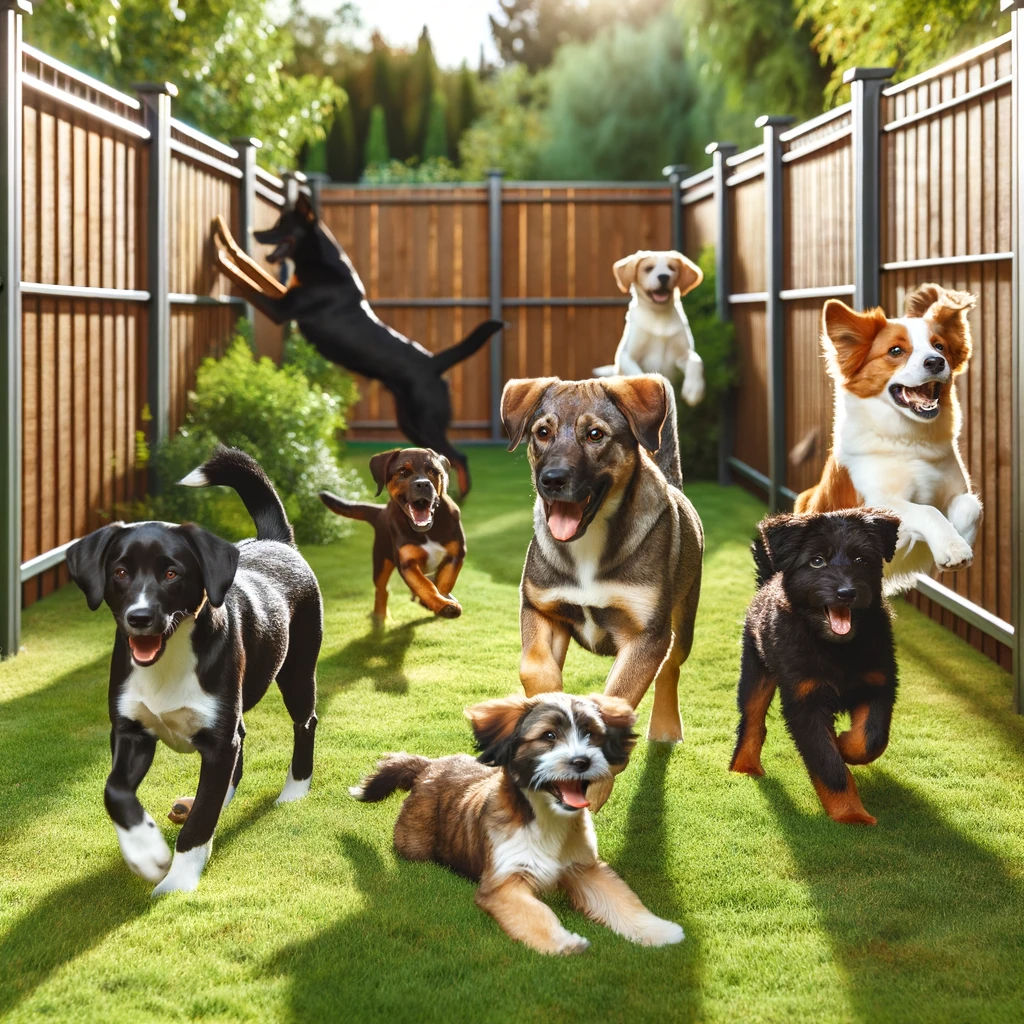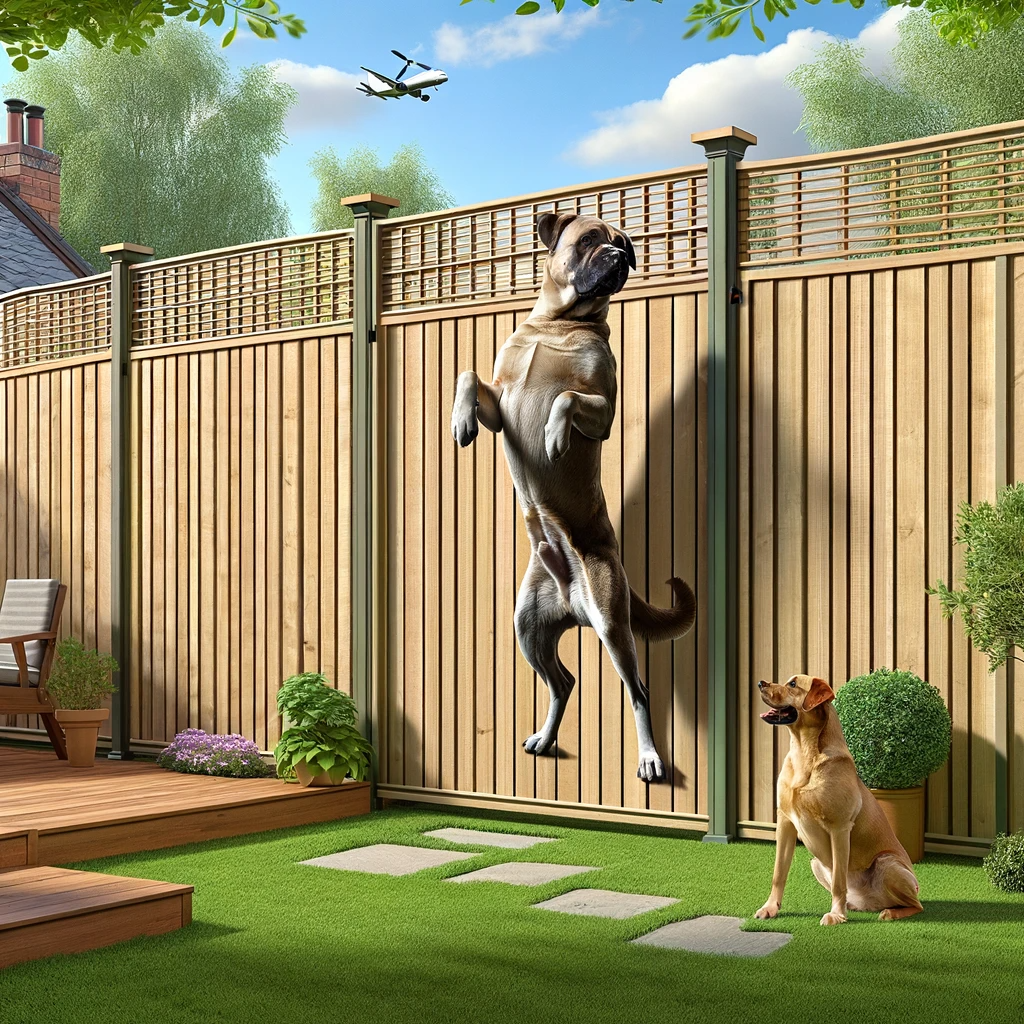
Understanding and Choosing Electric Fences for Dogs: A Comprehensive Guide
Introduction:
Ensuring the safety of our canine companions is a priority for every dog owner. Traditional fences may not be suitable for every property, leading to the exploration of electric fences as an alternative. This guide provides a comprehensive overview of everything you need to know about electric fences for dogs.
Understanding Electric Fences for Dogs
Electric fences serve as containment systems, keeping dogs within a designated area through a small static correction. Two main types are available:
Wireless: Utilizes a central unit to create an invisible circular boundary. Underground: Involves burying a wire around the yard perimeter, triggering a signal to the collar when the dog approaches.
Benefits of Electric Fences for Dogs
Electric fences offer several advantages:
Freedom and Safety: Dogs can roam freely within a safe area. Peace of Mind: Owners can rest assured that their dogs are safely contained. Cost-Effective: Often more affordable than traditional fences, especially for large properties.
Choosing the Right Electric Fence
Several factors influence the choice of the right electric fence:
Size of Dog: Different systems cater to small or large breeds. Size of Property: Property size determines the suitability of wireless or underground systems. Type of Fence: Wireless and underground options each have their pros and cons.
Installation Guide
Proper installationAs an affiliate, we may earn from qualifying purchases. is crucial for effective use:
Wireless: Set up the central unit. Underground: Bury the wires around the perimeter. Follow manufacturer’s instructions or seek professional assistance for installationAs an affiliate, we may earn from qualifying purchases..
Training Your Dog to Understand the Electric Fence
Training is essential for successful containment:
Visual Markers: Use flags to visually mark the boundary. Auditory and Static Correction: Introduce the warning beep and static correction during walks. Consistent Training: Dogs learn to stay within the boundary with consistent training.
Safety Considerations and Responsible Use
While effective, electric fences must be used responsibly:
Proper Installation: Incorrect installationAs an affiliate, we may earn from qualifying purchases. may lead to ineffective containment or discomfort for the dog. Signs of Distress: Monitor your dog for anxiety or fear, seeking professional guidance if needed. Regular Checks: Ensure the collar and fence unit are regularly checked for proper functioning.
Conclusion
Electric fences can be a valuable solution for keeping dogs safe and contained. However, responsible use, proper training, and regular checks are essential components of their effectiveness. It’s crucial to recognize the uniqueness of each dog and consult professionals or vets for personalized advice.
We hope this guide has provided valuable insights into understanding and choosing electric fences for dogs. Feel free to share your experiences or questions in the comments section below, promoting happy pet parenting!





